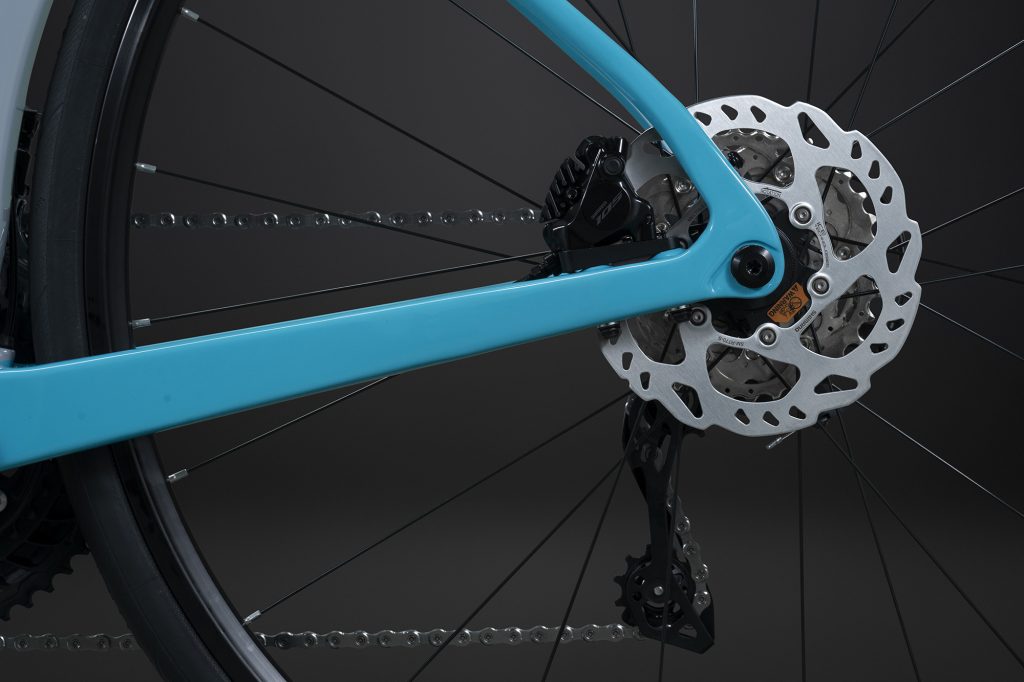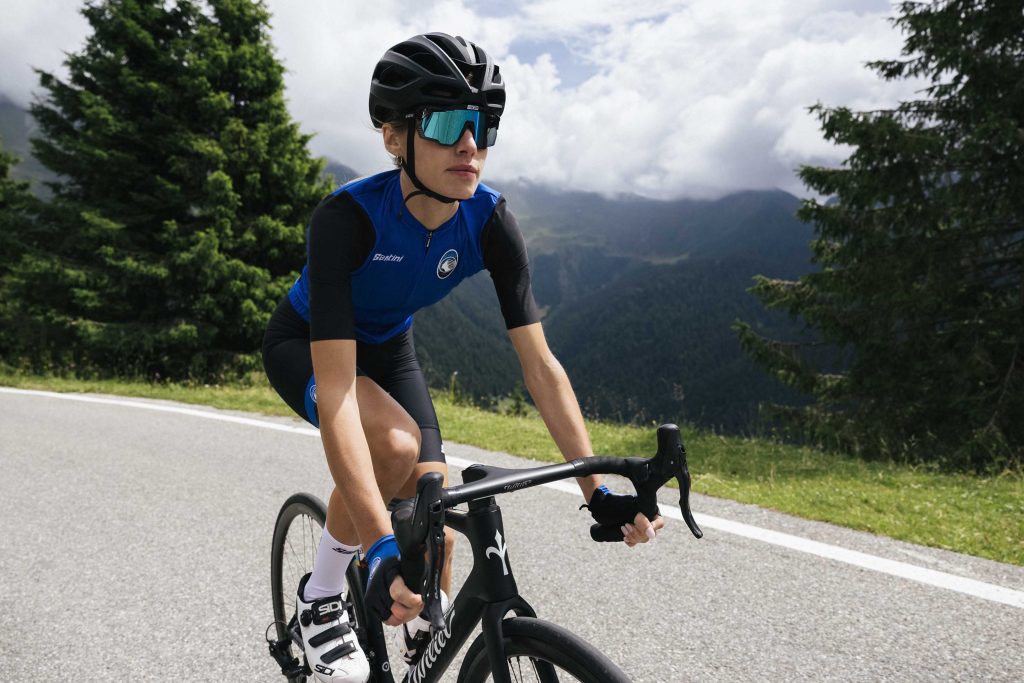As ever, innovative advancements in biking trundle onwards. In its wake are left new standards, new materials and new ways of making products in an attempt to boost the boundaries of cycling.
So what’s the aim of all this change? As ever, the aim is to squeeze every performance enhancing drop from products- to make these products bigger, better, and more effective than ever before.
While its true, that revolutions don’t come around all that often, there’s something innovative and excitingly intriguing about the Dassi graphene bike frame that whiffs of change.
Dassi’s Innovative New Work
Revealed during the summer, Dassi claims that the frame itself weigh as little as 750g, although Dassi are keen to stress that this could be halved again to a mind boggling 350g- for context, that is about the same weight as a can of soup.
Don’t expect the bikes to be made completely from Graphene, though. In fact, graphene frames contain a minimum of one per cent Graphene layered behind carbon fibre.
Just because it’s a small amount of the material doesn’t mean the benefits won’t be felt. According to Dassi, both the material’s strength and comfort can be clearly felt despite its minimal presence. If anything, this just further proves just how innovative the use of this material is; that just a small amount of it can be so monumental to improving the quality and performance of bike frames.
Marginal gains has been a term associated with British Cycling ever since the 2008 Beijing Olympics. However, the shoes that the GB team wore to glory in Rio this summer take that to a whole new level.
Created solely from carbon, these shoes are no pair of slippers. They’re stiff, designed to maximise the power transferred from the rider to the bike’s cranks.
What’s more, they’re custom moulded to all the GB riders feet, which minimised the opportunity for the feet to move around inside the footwear. These factors combine to give riders more grip on their pedals than ever before. The more control, the faster their speeds can become, and the more can be done to secure Gold in the upcoming future games.
Created by a small American company called Simmon’s, these shoes are available to the public to buy at the eye-watering cost of $2000.
These sun glasses have been on the radar for a while now (since January in fact), but they represent Oakley’s first foray into the world of smart glasses- glasses that possess computing power, in front of your very eyes.
The Oakley Radar Pace act as your coach, guiding you through training sessions and giving instructions for efforts. They also link to your phone so you can get real time information on metrics such as speed and distance. High tech and highly innovative, this device acts as your own personal computer for everything cycling. For those looking to push themselves to their biking limits, this product is certainly one to look out for.
>>> Cycling glasses: a complete buyer’s guide
Functionality is controlled by a touchpad on the side of the glasses. Plus, you can talk to them and ask questions about your ride and your training. This hands-free functionality is essential to those focused on going further and faster than ever before, and lets you keep your eyes on the road.
Here’s the controversial part – all the information is delivered by headphones, including music. Whether you like them or not, there’s no denying that ‘smart kit’ is here to stay.
































